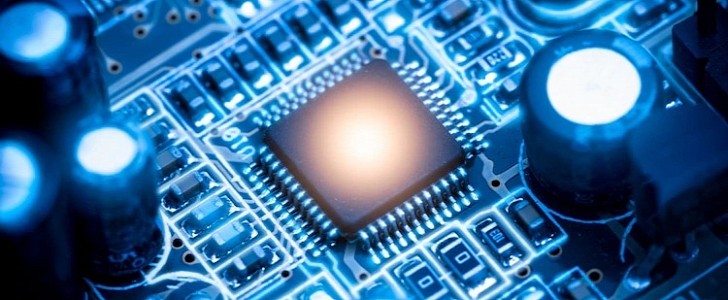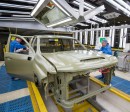As if the chip shortage wasn’t already a nightmare that nobody could accurately anticipate when it could end, there are now concerns that the whole thing might become even worse in the short term.
It’s all due to the war in Ukraine, as the Russian invasion has forced two of the leading suppliers of neon to suspend their production indefinitely.
Both Ingas and Cryoin are based in Ukraine, and their plants have been shut down after the attack on the country got close to their facilities.
Recent estimates indicate that approximately half of the global supply of neon comes from Ukraine, while the rest is produced in China and a series of other smaller countries. The neon is being used for the lasers that make chips for a wide variety of purposes, including the automotive industry, so there’s now concern the war could have a dramatic impact on the global supply of chips as well.
Ingas, whose production power is located in Mariupol, one of the cities that have been heavily attacked by Russia, says its output went to as high as 20,000 cubic meters of neon per month before the invasion. Its customers come from a wide variety of countries, including China, Germany, and the United States.
Cryoin, on the other hand, produced 15,000 cubic meters of neon per month, but it suspended its operations shortly after the Russian invasion started. Its facilities are based in Odesa, another Ukrainian city that has been under siege by the Russian military.
At this point, Taiwan claims chipmakers have the necessary inventory of neon to keep the manufacturing going. But of course, if the war doesn’t come to an end in a timely manner, these companies would have to find other sources to supply the gas.
China knows this very well, and this is why local neon producers have substantially increased their prices, in some cases by as much as 500 percent.
The consensus right now is that the chip shortage could ease off in the second half of 2022 before eventually coming to an end completely in 2023. But most forecasts were released before the start of the war, and with the neon supply likely to become more constrained, it’s not difficult to see why the entire world is concerned right now.
Both Ingas and Cryoin are based in Ukraine, and their plants have been shut down after the attack on the country got close to their facilities.
Recent estimates indicate that approximately half of the global supply of neon comes from Ukraine, while the rest is produced in China and a series of other smaller countries. The neon is being used for the lasers that make chips for a wide variety of purposes, including the automotive industry, so there’s now concern the war could have a dramatic impact on the global supply of chips as well.
Ingas, whose production power is located in Mariupol, one of the cities that have been heavily attacked by Russia, says its output went to as high as 20,000 cubic meters of neon per month before the invasion. Its customers come from a wide variety of countries, including China, Germany, and the United States.
Cryoin, on the other hand, produced 15,000 cubic meters of neon per month, but it suspended its operations shortly after the Russian invasion started. Its facilities are based in Odesa, another Ukrainian city that has been under siege by the Russian military.
At this point, Taiwan claims chipmakers have the necessary inventory of neon to keep the manufacturing going. But of course, if the war doesn’t come to an end in a timely manner, these companies would have to find other sources to supply the gas.
China knows this very well, and this is why local neon producers have substantially increased their prices, in some cases by as much as 500 percent.
The consensus right now is that the chip shortage could ease off in the second half of 2022 before eventually coming to an end completely in 2023. But most forecasts were released before the start of the war, and with the neon supply likely to become more constrained, it’s not difficult to see why the entire world is concerned right now.






